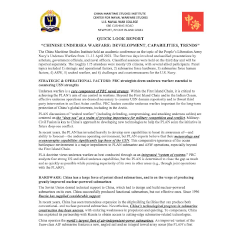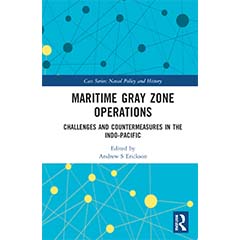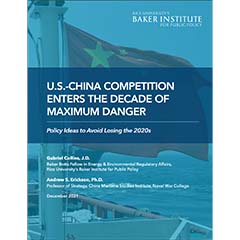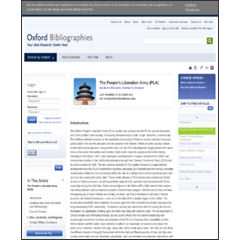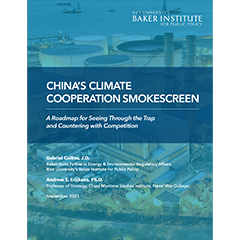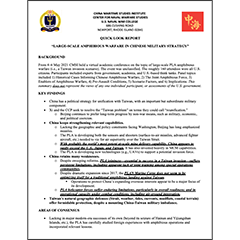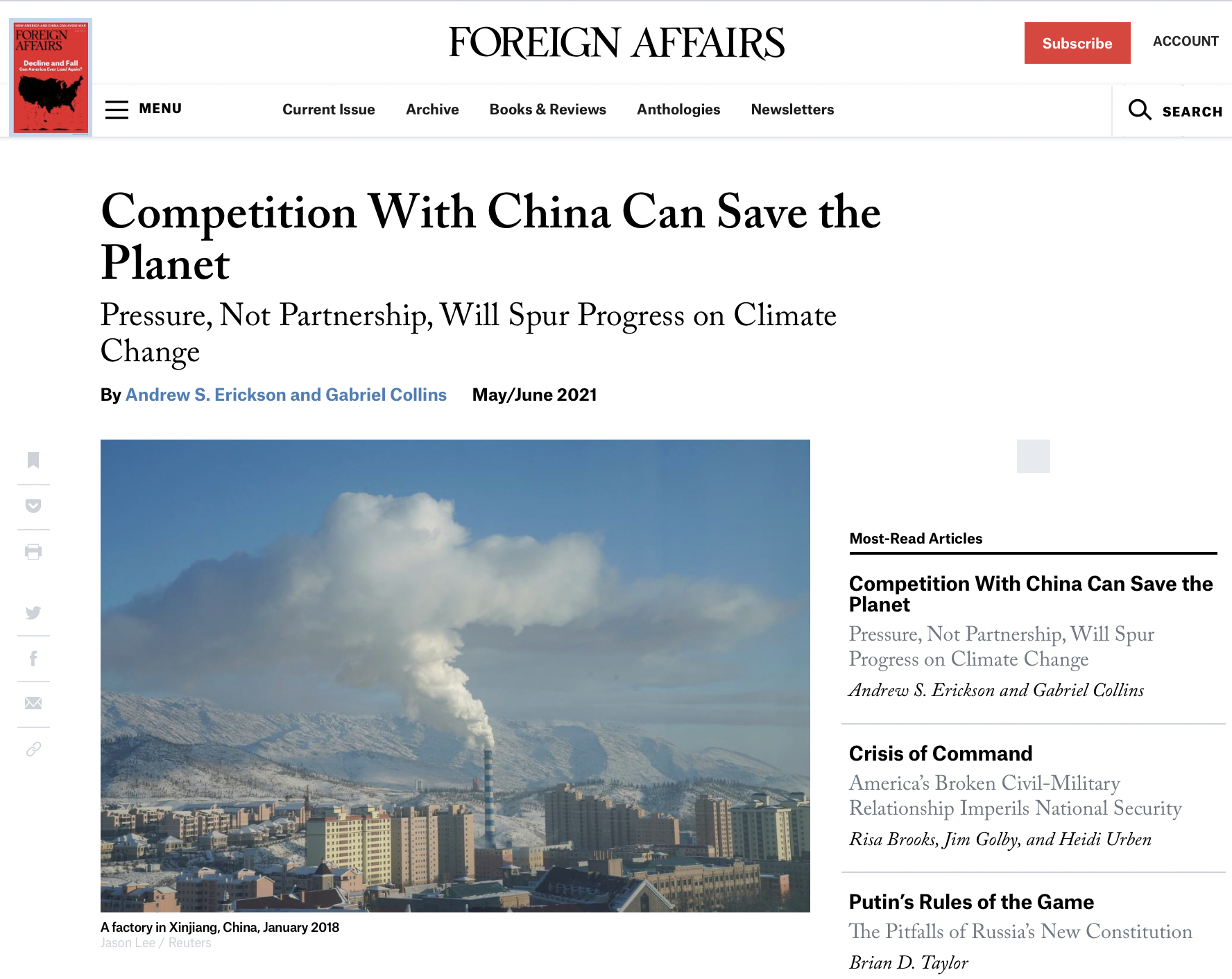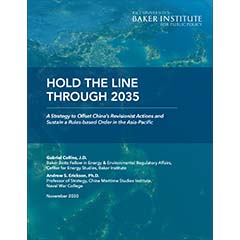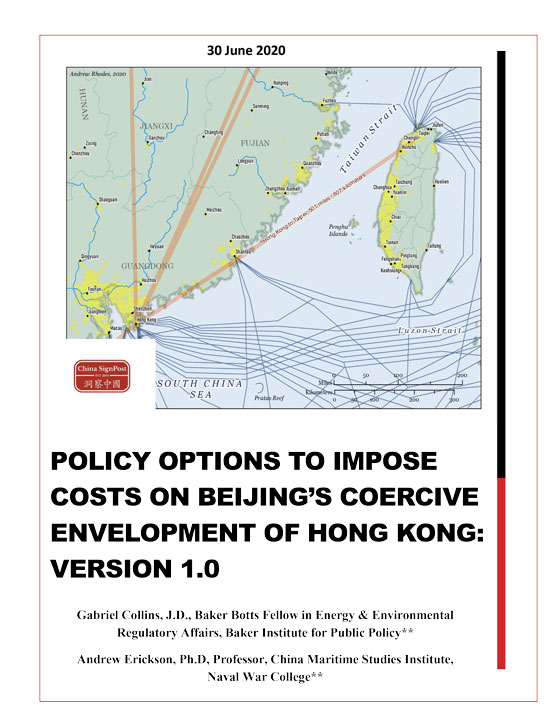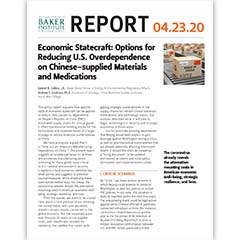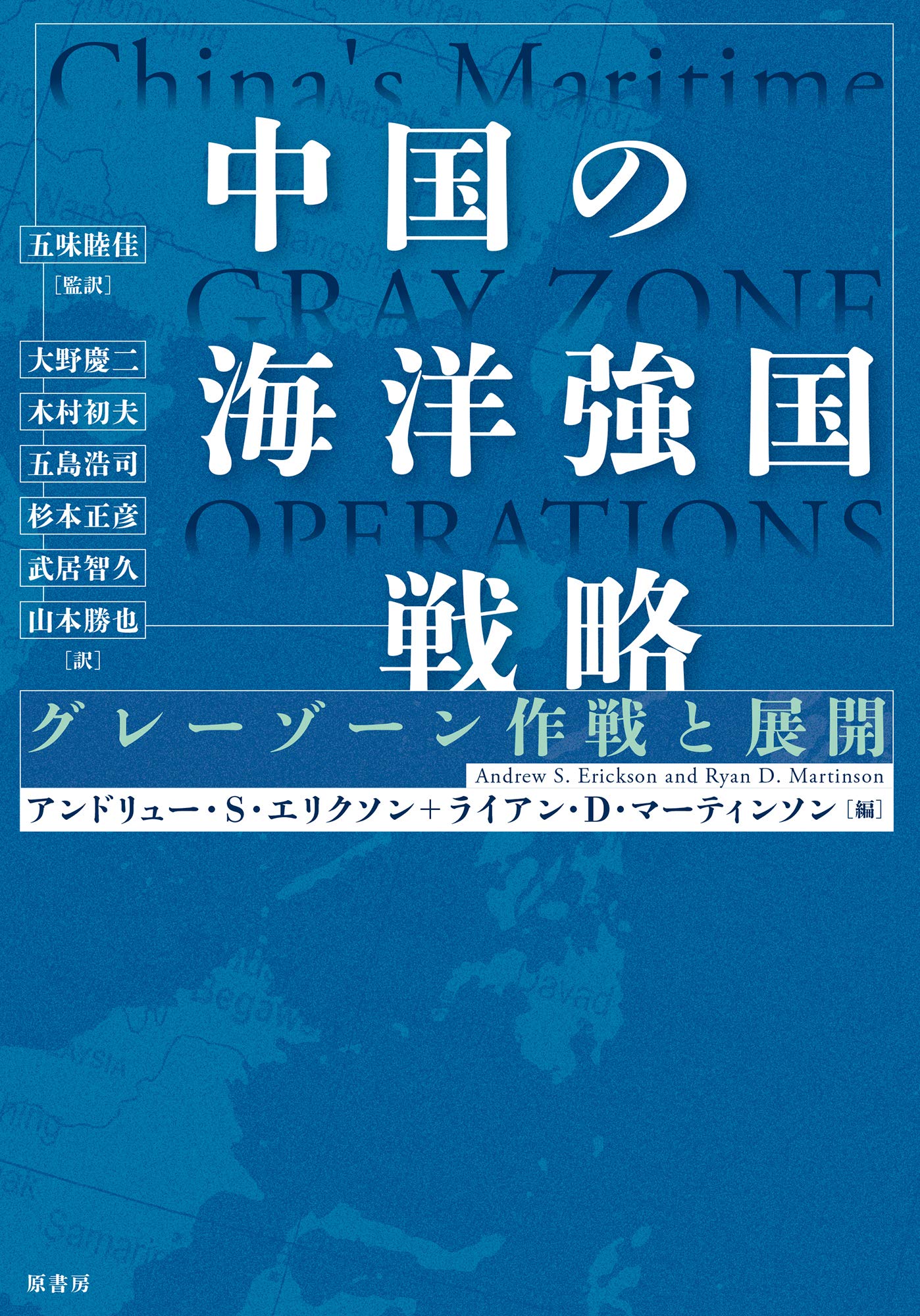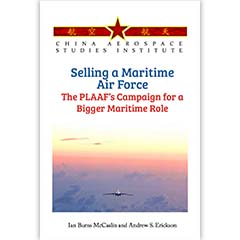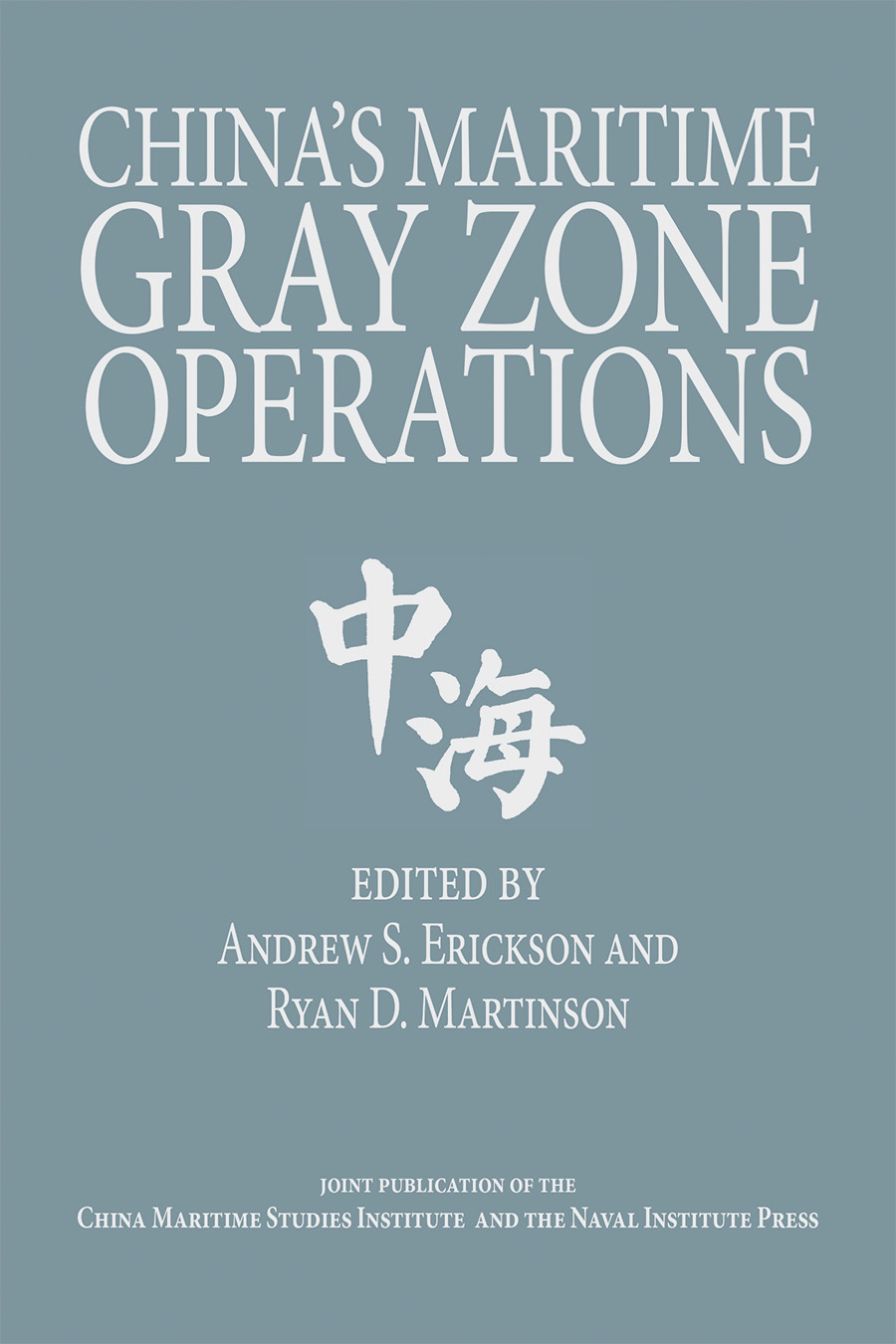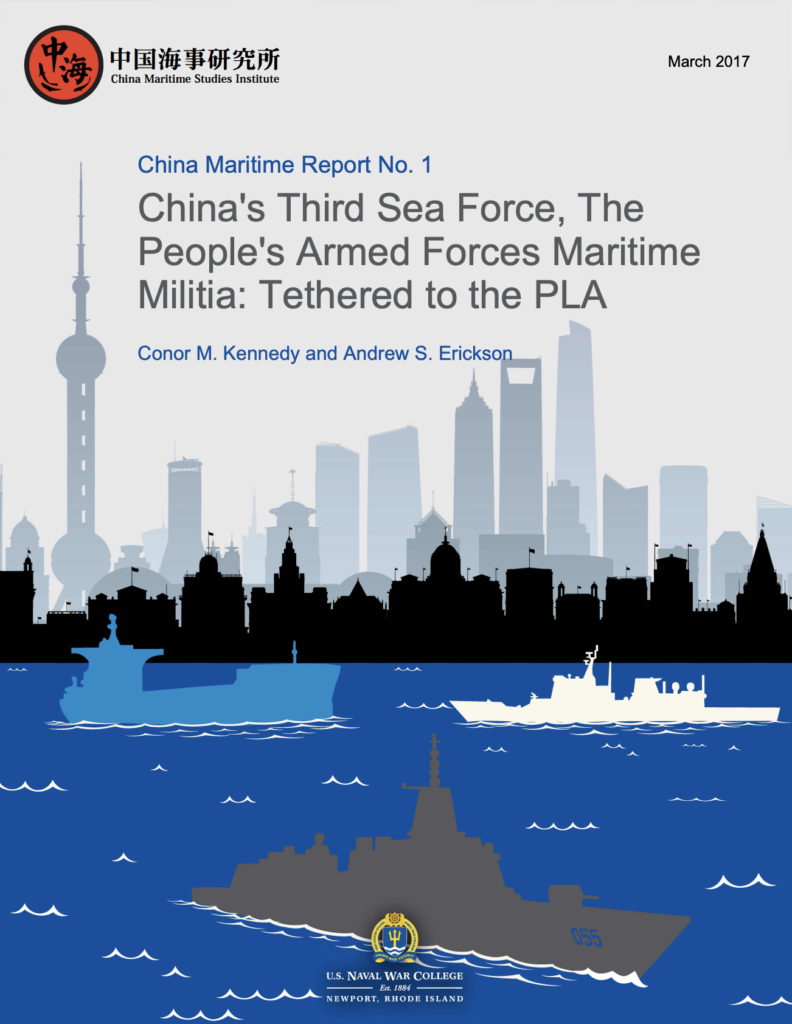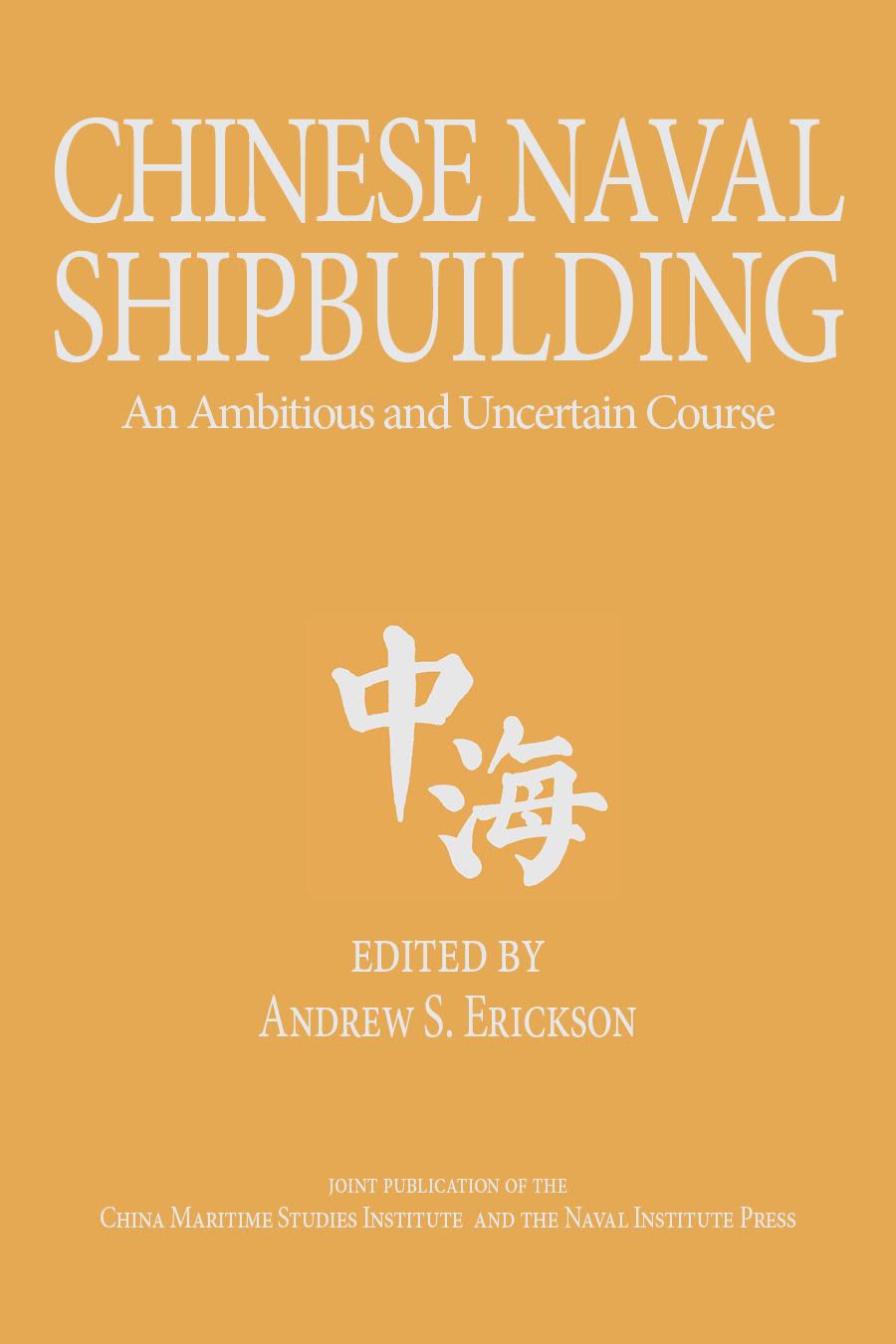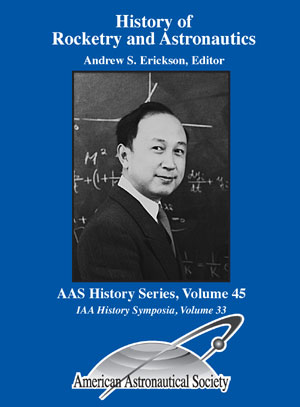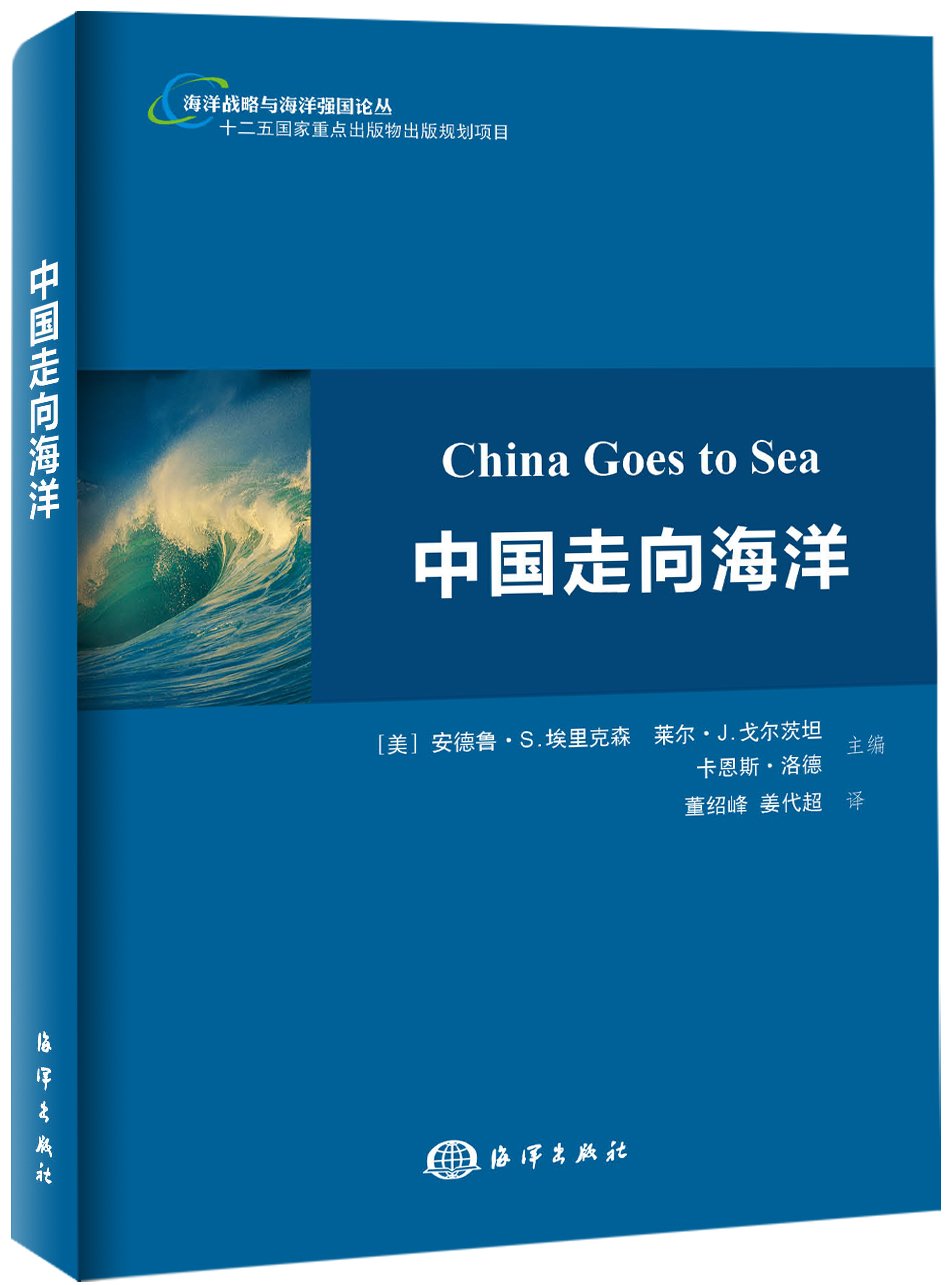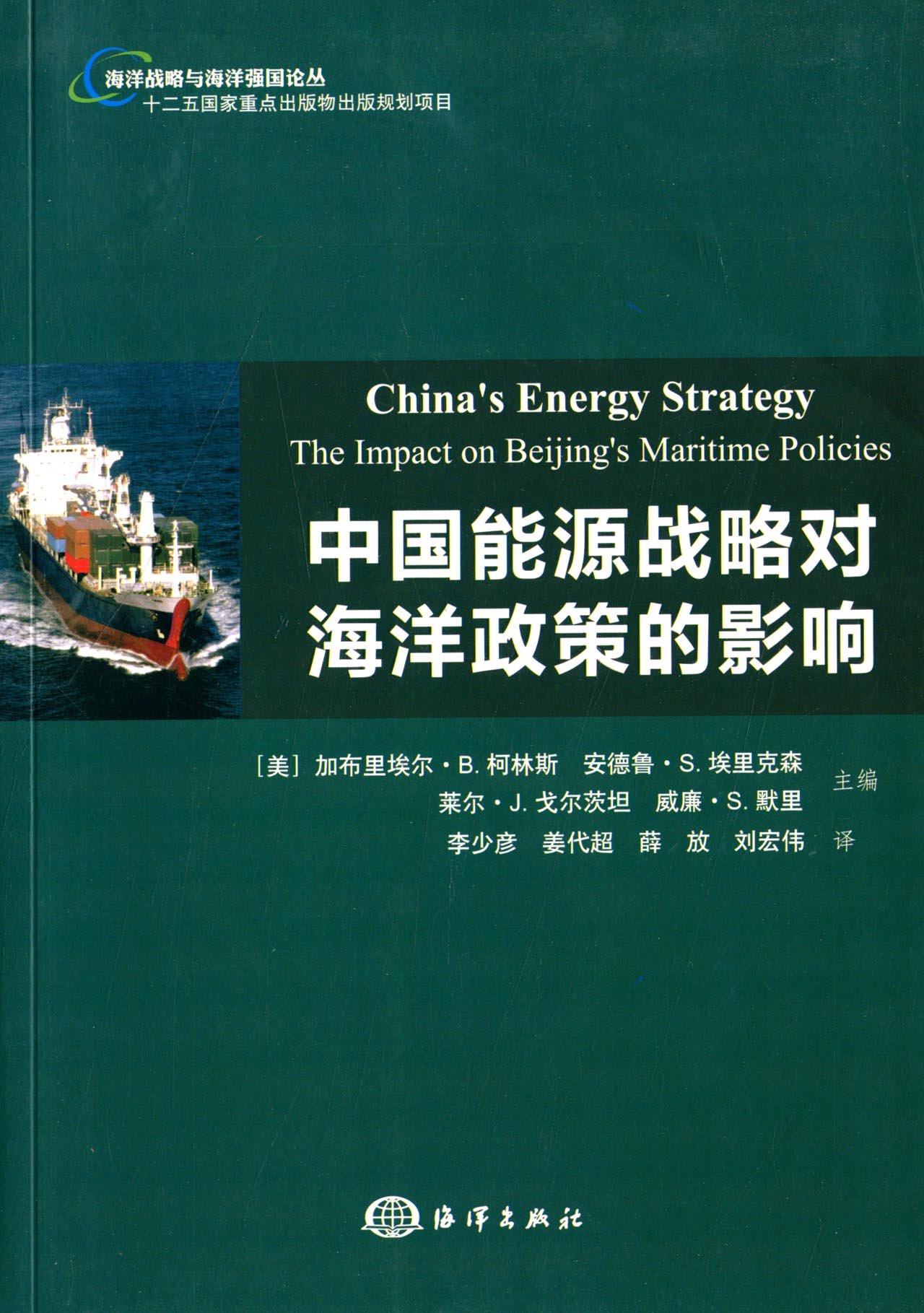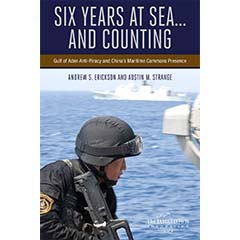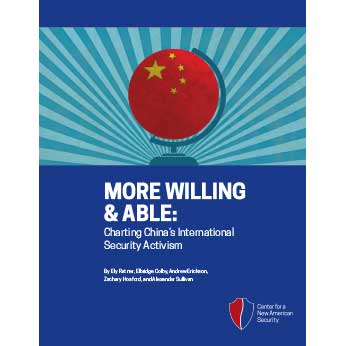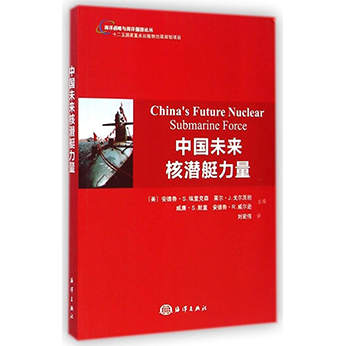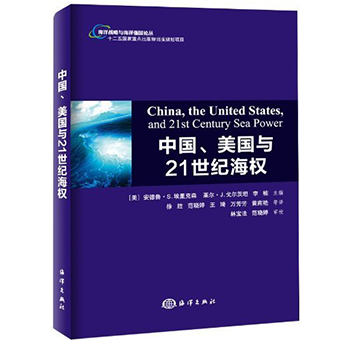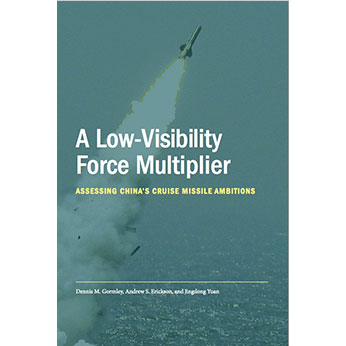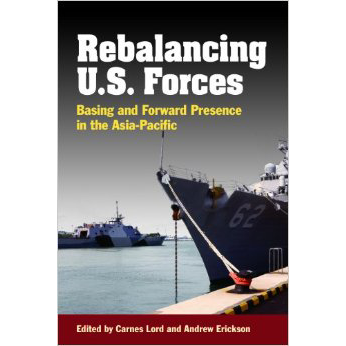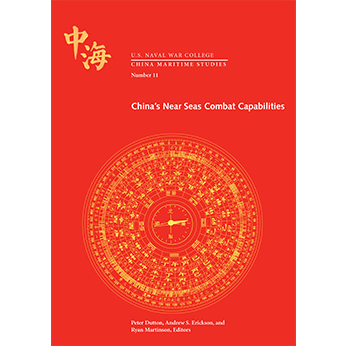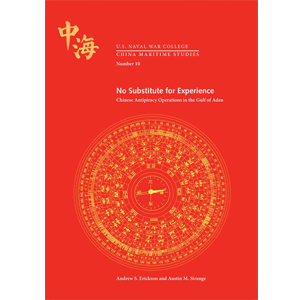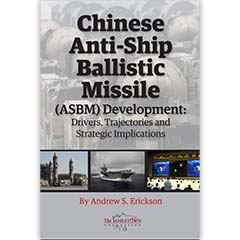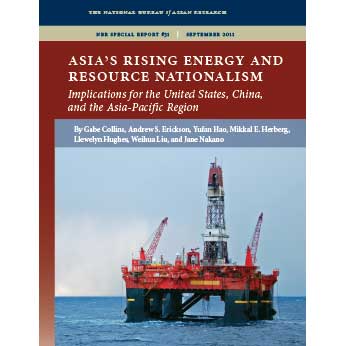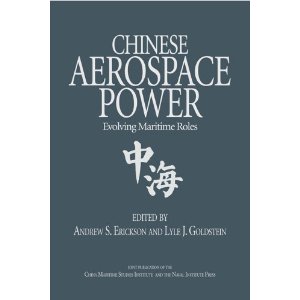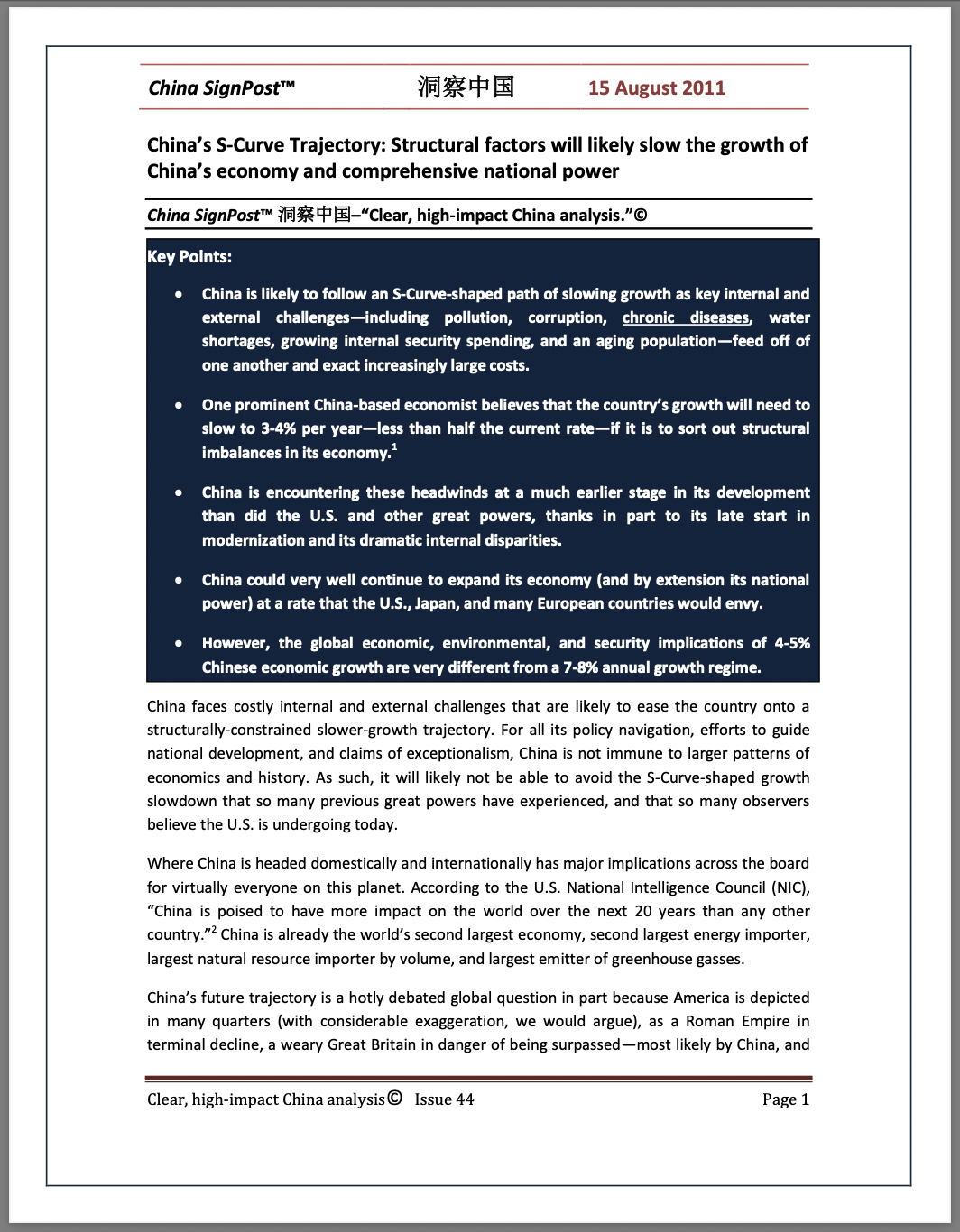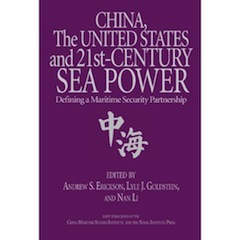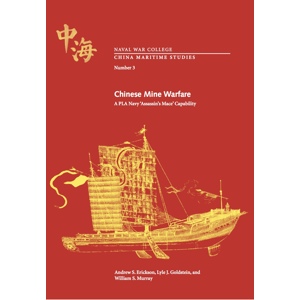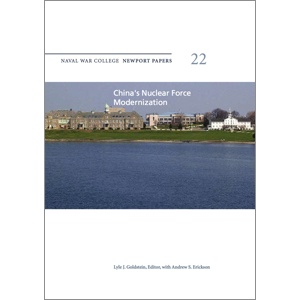Studying a Closing China: Open Source Methodology
As we follow Admiral Miao Hua (苗华)’s fall and watch for more shoes to drop, it’s useful to reflect on Chinese open source methodology more broadly. With the PRC continually tightening up under Xi, the discipline faces rising challenges. Surveying the state of affairs and reviewing past practices from earlier years of PRC isolation offers useful insights and practical suggestions.
To that end, I strongly recommend reading two recent publications carefully. The first appeared in a special issue on open source intelligence of the CIA journal Studies in Intelligence. The second was issued as the SAIS China Research Center’s inaugural Publication 1.
Jonah Victor, “China’s Thickening Information Fog: Overcoming New Challenges in Analysis,” Studies in Intelligence 68.3 (September 2024):
- Download PDF for complete article (14 pages plus endnotes).
- The CIA Center for the Study of Intelligence website has back issues of Studies of Intelligence and other materials.
Introduction
China has been a “hard target” for the Intelligence Community (IC) since the founding of the People’s Republic of China in 1949. Escalating demand for assessments of China since the 2010s has spurred the IC to expand its analytical and collection efforts. Last year, Director of National Intelligence Avril Haines identified China as the IC’s “unparalleled priority.” CIA Director William Burns asserted this year that his agency has more than doubled its budget for China-related intelligence collection, analysis, and operations during his tenure, extending work on China to “every corner of the CIA.” Even as the IC buckles down on China work, warning signs are emerging that the world is changing in ways that could disrupt business as usual. Washington’s ability to anticipate developments in the US-China relationship and assess risks and threats to national security is likely to get harder. Amid heightened tensions with Washington, Beijing has redoubled efforts to stiffen controls on information to prevent access by its potential adversaries.
***
Joe Fewsmith, Thomas Fingar, Alice Miller, and Fred Tiewes; Andrew Mertha, ed., Studying China in the Absence of Access: Rediscovering a Lost Art (Washington, DC: SAIS China Research Center Publication Number 1, 11 October 2024).
- Compiled From SAIS China Research Center Lectures by Joseph Fewsmith, Thomas Fingar, Alice Miller, and Frederick Teiwes
- Edited by Andrew Mertha
- Preface by Anne Thurston
Fall 2024
As our access to Chinese data sources becomes increasingly constrained, and the political atmosphere narrows opportunities for informal collaboration, many China scholars outside China have been scrambling to find new and innovative ways to mitigate these trends. One promising — but rarely mentioned — avenue is dusting off the tools Sinologists utilized from the 1960s through the 1970s, when it was impossible to contemplate the access that many of us have been able to take for granted, but which allowed these scholars to get so many things about China right. What are these skills — the analytical tools and the strategies to deploy them — and how might we be able to adapt them to the current research climate (and the foreseeable future)? This paper combines SAIS China Research Center presentations from 2021 on this subject by four eminent Pekingologists – Joe Fewsmith, Tom Fingar, Alice Miller, and Fred Tiewes – into a single document designed to help us (re)develop our research tools to meet this challenges of this constrained access. Anne Thurston provides a preface that provides a historical and a contemporary context for this endeavor.


















